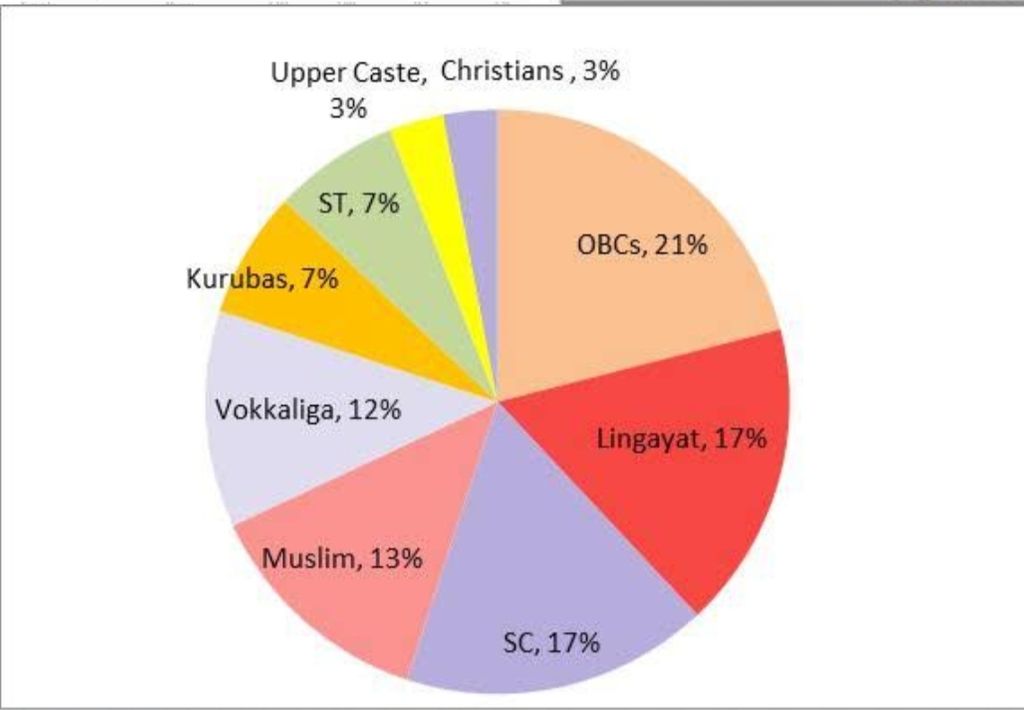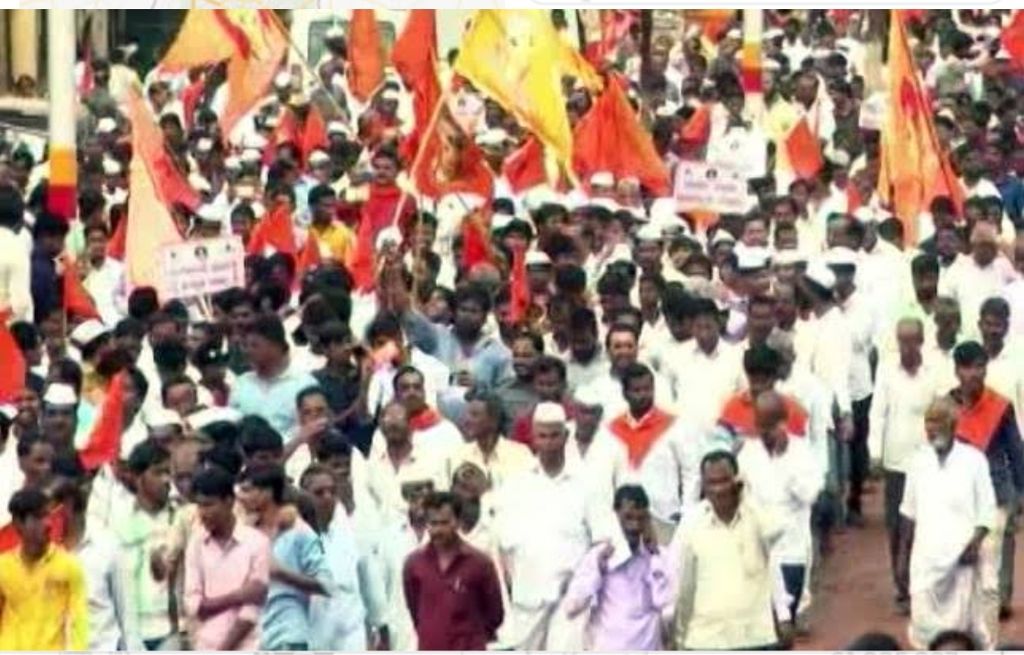Population In Karnataka
Jun 06, 2019 • 369 views
A group of people living in a particular geographical area is called 'population'. It plays an important role in the economic development of that area. People with the help of their intelligence and skill, utilize the natural resources properly and enable the country to develop well. The development of a country depends on the size of its population, its growth rate, age distribution,quantity etc.

Size of population
Karnataka, ranks eighth in the country with respect to its area. It ranks ninth with respect to the size of the population.According to the 2011 the sensus , total population of Karnataka is 6,11,30,704. Of these, 3,10,57,742 are males and 3,00,72,662 are females. The distribution of population is not the same in all the districts of the state. Bengaluru Urban district has the first position with the largest population , and Kodagu district occupies the last position. After Bengaluru, Belagavi , Mysuru , Tumkuru, Kalaburgi and Ballari districts are other densely populated districts.
Growth of the population
According to the 2011 census, the total population of Karnataka was 5,28,50,562. In the decade from 2001 to 2011 , 80,80,142 persons have been added to the population . The growth rate during this period was 15.67% . This growth rate is lower than growth rate of population in India 17.64%. The reason for this is awareness about family planning programmes, literacy programmes, birth control etc.

Density of population
The number of people living in an area of one square kilometre is known as density of population. According to the 2001 census, the density of population in our state was 275 people per sq km. It has increased to 319 at the time of 2011 censis. Still it is lower than the density of population in India which is 382 persons per sq.km. When district-wise density is considered , Bengaluru Urban district has the highest density at 4378 persons per sq. km.and occupies the first position. It is followed by Dhakshina Kannada , Mysuru, Bengaluru Rural, Dharwad and Kolar . In contrast Kodagu district has the lowest density with 135 persons per sq.km.
Rural and urban population
Karnataka has a large number of village 29,406 as per the 2011 census , the rural population is totally 3.75 crore . It means that the rural population is 61.4% and 38.6% , 2.35 crore live in urban areas. Compared to the average urban population of India, the urban population of Karnataka is greater . It is not distributed equally in all the districts. Bengaluru Urban district has the largest urban population whereas Kodagu district has the smallest urban population.
Sex ratio
The number of females per thousand males is called sex ratio. In 2001, the average gender ratio was 956. It has risen to 968 in 2011. Sex ratio is not the same in all the districts. Udupi,Kodagu, Dakshina Kannada and Hassan districts have more females than males. Udupi district, with 1093 females per thousand males, has highest level of sex ratio in the state. It is followed by Kodagu, Dakshina Kannada and Hassan districts . Bengaluru Urban district with 908 females per thousand males, has the lowest sex ratio in the state.
Age structure
According to the 2011 census, out of the total population children below 16 age form 29.7%, old people above 60 years of age are 5.5%, and the working population in the age 15-60 is 64.9%
